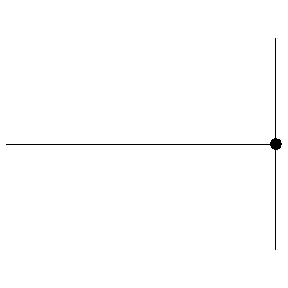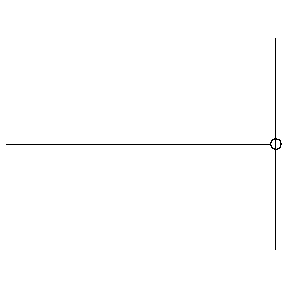Context
Considering a finite string of length $L$. We suppose gravitation is negligible. The string is only moving transversaly, in $y$ direction, with small amplitude. The tension of a string is $T$.
We're looking for $y(x,t)$. Right end is fixed $y(x=L,t)=0$. Left end is driven with a $y$ force $f(t)= Fe^{i\omega t} $. We are looking for solution of the form $y(x,t) = Ae^{i(\omega t -kx)} + Be^{i(\omega t +kx)}$
Question
In the book (see source below), the boundary condition on left end is defined as $Fe^{i\omega t} + T \frac{\partial y}{ \partial x}(x=0) = 0$
I don't get this boundary condition: it assumes that at the left end the driving force is equal to the force exerted from the string (coming from the tension). In my opinion, this is a contradiction with the solution we are looking for : if left end is at equilibrium (forces are compensating), it shouldn't move (or at least at constant speed). However, at $x=0$, the solution we are looking for is oscillating with term $e^{i\omega t}$. How do you understand that ? Am I wrong ? is this formulation wrong ?
Source
Example taken from Fundamentals of acoustics, 4th edition, p43.


Best Answer
The equation states that the transverse applied force at one point in the string is equal to the transverse force at that point expressed in terms of the string tension. It is not stating that there is no net force on a portion of string. If it did say the latter, then it really would contradict the string being able to accelerate.